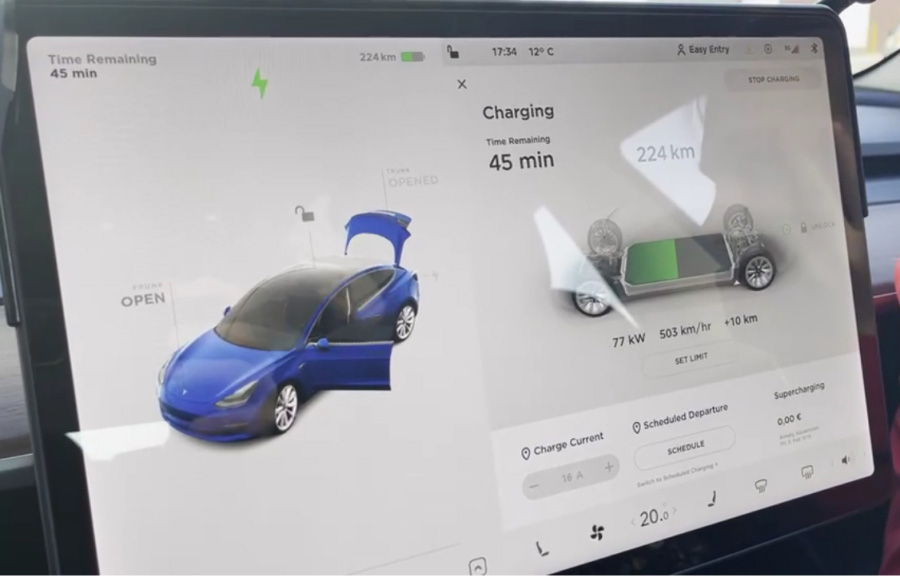Time:
Some careful users may notice that you don’t always get the maximum charging speed advertised by either your vehicle manufacturer or the charger. You might even get different charging speeds on different days. Why is that? Today we're going to talk about the five most common factors that affect EV charging speed.

usually shown in percentage. And Batteries charge fastest when they are nearly empty—when they have a low SoC.
An interesting analogy is that take the EV battery as a movie theater and the electrons as the audience. When the theater is empty, it’s much easier to find an open seat. But as the theater fills up, it takes more time to find an open seat. EV batteries are similar. When your SoC is low, it’s much easier for electrons to find empty “seats” to fill; when your SoC is high, it takes more time, and your charging speeds will be slower.
There is a BMS(Battery Management System) on each EV, which could be considered the battery's brain. It always keeps an eye on the battery’s safety. Because extreme temperatures can impact a battery's lifespan.
For example, if it’s a really hot day outside (or if you’ve been charging for a while, and your battery is getting hotter), your charging speeds will be slower. If it’s freezing cold outside, your charging speeds will also be slower. These speeds are decided by your BMS, which controls the thermal management system for a fast but safe charge. The thermal management system can heat or cool the battery to keep it at optimum temperature.
One of the basics we should know is that both electric vehicles and chargers have voltage and current limits. And the limits will determine the charging speed.
When you first plug in, the charger matches your battery’s voltage and delivers current. This current is limited by either your vehicle or the charger, whichever limit is lower. If your EV has a voltage limit below 500V, the charger may deliver less than the maximum power available because the charger reached the maximum current limit.
If the electrical appliances(such as the air conditioning or lights, radio) are in use while charging, some of the energy will be diverted, and you may find the kW display on the charger may be a few percent more than that of what your in-dash displays indicate.
Batteries can deteriorate and lose their charging capacity over their lifespan. Since every EV is different, the normal loss of your battery’s capacity varies too. Normally it's suggested to end the charge at around 80-85% SoC. This will keep your battery from getting too hot—and give you more free time (since charging speeds will be much slower as your battery is close to full).
If you have any further questions about EV charging speed, please feel free to contact us!
Submit Request